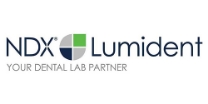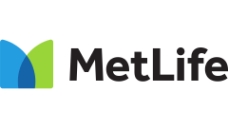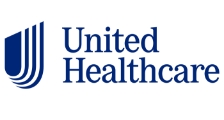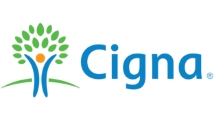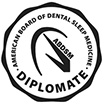
Entering the realm of dental insurance can be daunting. If you’re unsure about which plan to choose, it may be that you need someone to provide clear direction regarding the verbiage used and how to interpret the various deductibles, annual maximums, benefits, and other important components that make up a plan. Before settling on a policy that “looks best” or “seems right,” let a local dentist share three key tips to remember that will allow you to feel more confident in your coverage.
Preventive Care Coverage Should Be the Priority
Most dental insurance companies design their policies to promote preventive care. When patients take the time to visit the dentist’s office and undergo treatments designed to minimize future oral health problems, this benefits not only the individual but also the insurer. By reducing the chances of needing restorative care down the road, insurance companies can avoid paying more for services that may not be necessary if preventive care is pursued.
Finding a plan that offers 80-100% coverage for preventive care will be most beneficial, especially when it comes to keeping more money in your pocket year-round.
Cosmetic and Orthodontic Services May Not Be Included
When it comes to cosmetic dentistry, do not expect your dental insurance company to cover the cost. These are elective services that are not deemed “medically necessary,” so your insurer will not agree to pay any portion of the cost. The only caveat is if a cosmetic treatment can also be considered restorative (i.e., metal-free restoration for a damaged or decayed tooth).
Orthodontic services may or may not be included, but many require you to pay for a separate policy that often requires a few dollars more a month. When enrolled with this type of plan, you can expect your insurance company to pay up to 50% of the total cost based on your deductible and available annual maximum.
Learn the Difference Between PPO and HMO
Whether you are considering enrolling through your employer or on your own, make sure you know the difference between PPOs and HMOs. With a PPO (Preferred Provider Organization), you have the freedom to choose your dentist from a comprehensive list. These individuals negotiate their fees and services with insurance providers so that patients pay the lowest price for the services received in-house.
HMOs (Health Maintenance Organization), however, require patients to pay monthly or annual premiums and are restricted as to which dentist they can see. Although cheaper than a PPO plan, they do cost more upfront, as dentists tend to charge fees for various services administered.
There are many additional tips to remember when it comes to choosing a dental insurance plan, but you can speak to a member of the company or your dental team to discover which items to look for and which ones can help you save the most each time you visit.
About the Practice
The dental team at Indy Dental Group wants you to get the most out of your dental insurance plan, which is why we work to identify ways you can save. By helping you maximize your benefits, we can help you avoid high out-of-pocket costs while ensuring you get the care you need. If you’re unsure how to navigate your policy or need help filing a claim, contact us at (317) 846-6125.










